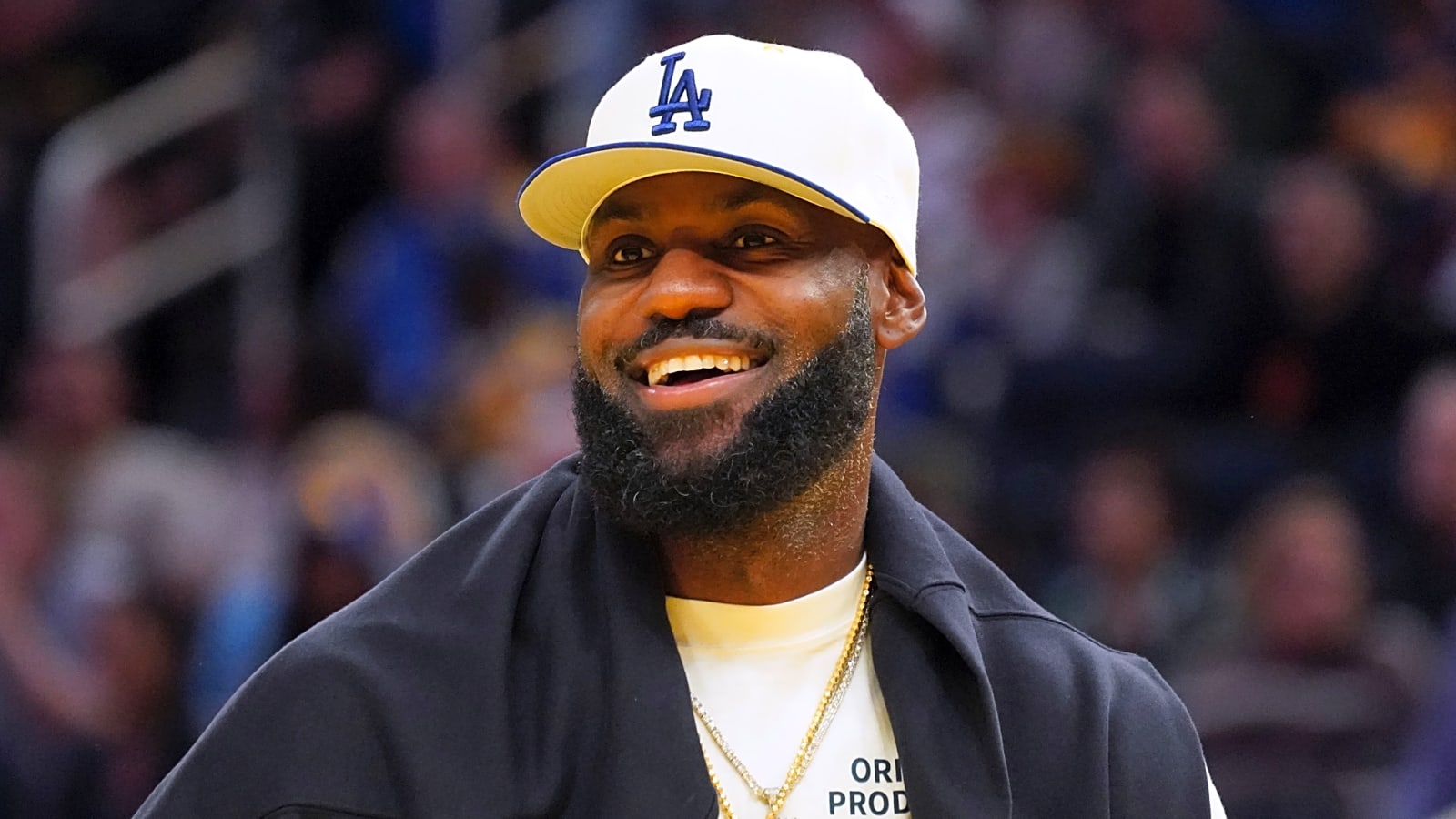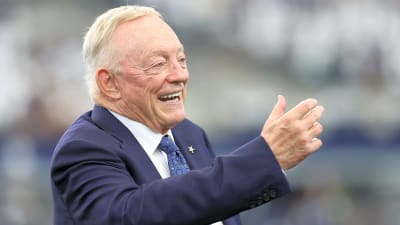
Do the Lakers actually need LeBron James anymore?
The Los Angeles Lakers sit at 5–2 and look self-sufficient without LeBron James.
Luka Doncic posted a 29-11-10 triple-double in a 130-120 win over the Miami Heat on Sunday, his second straight explosive outing after dropping 44 points in his return, a 117-112 win over the Memphis Grizzlies on Friday. Austin Reaves has been even louder, posting a career-high 51 points in 127-120 win over the Sacramento Kings on Oct. 26, then 41 the next night in a 122-108 loss to the Portland Trail Blazers while the roster was short-handed.
James has been sidelined with sciatica since preseason, as the team has treated his timeline cautiously. In the meantime, the Lakers have built real habits around Doncic and Reaves rather than treading water.
The new offensive spine
In the first four games of the season, Doncic totaled 165 points. Since then he’s layered on a 44-point heater against the Grizzlies and the 29-11-10 against Miami. The numbers aren’t just volume; they’re leverage—possessions end on his terms, and the Lakers’ half-court looks organized even without LeBron’s quarterbacking.
Reaves’ surge is the other pillar. He became the first Laker since Kobe Bryant to open a season with five straight 25-plus games, and he’s doing it while toggling between primary on-ball creation and off-ball spacing next to Doncic. He can carry nights on his own, and he can fit when Luka is steering.
The result shows up in the team line. This isn’t the old “LeBron on or bust” formula; it’s layered, flexible offense with multiple triggers.
What LeBron James still impacts
Do the Lakers need James? In May and June, yes — his late-game command and chess-match manipulation still swing playoff possessions. But the first two weeks suggest they no longer depend on him to be the nightly engine. With Doncic dictating pace and Reaves supplying on-ball punch when Doncic sits, Los Angeles finally has redundancy at the top of the offense.
There’s more to like. Deandre Ayton has supplied double-double stability on off nights, and the rotation has survived injury pockets by leaning on role players (Jake LaRavia’s 25 points vs. Miami as Exhibit A). Head coach JJ Redick has a framework that scales with personnel — Spain pick and roll, handoff chain and empty-corner actions that keep the floor spaced even without James' gravity.
The caution flags are real, and they’re the difference between “fun start” and “real threat.” First, turnover control: in the second night of the Sacramento/Portland back-to-back, the Lakers coughed up 25 turnovers; even Reaves’ 41 points couldn’t cover that.
Second, the defense still needs James' back-line reads against elite wings; asking Doncic to shoulder superstar usage and quarterback late-game defense is a heavy lift. Finally, crunch-time shots will tighten in playoff environments — James' get-a-bucket equity remains incredibly valuable when game plans squeeze your two-man actions.
So the answer is a nuanced “both.” The Lakers benefit from James —especially in the minutes that matter most — but they’re no longer built on him. That’s the evolution we’re seeing at 5–2: Doncic setting a new baseline of control and production, Reaves proving he can toggle between co-star and solo act and the role players being good enough to win real minutes.
When James returns, the ideal version of this team doesn’t ask him to carry; it asks him to close. And that’s the biggest development of all. Los Angeles hasn’t outgrown LeBron James; it has finally grown around him.
More must-reads:
- Lakers have chance to avenge early loss to Blazers
- Luka Doncic posts triple-double to carry Lakers past Heat
- The 'NBA 20-season club' quiz
Breaking News
Trending News
Customize Your Newsletter
 +
+
Get the latest news and rumors, customized to your favorite sports and teams. Emailed daily. Always free!








